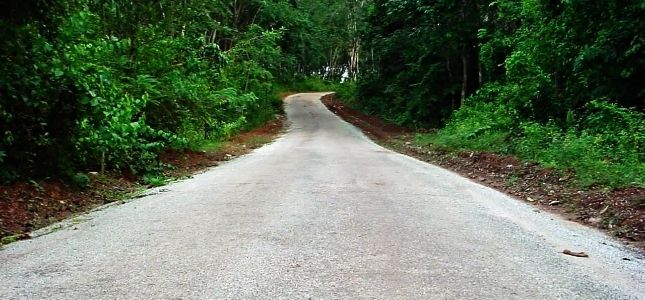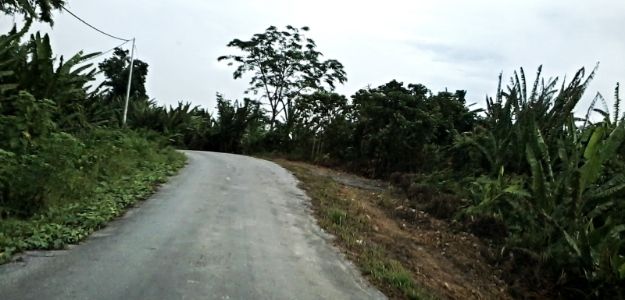1. AFFORDABLE PRICE
All weather, low maintenance soil roads can be achieved with Geogrit
for a small fraction of resurfacing costs.
2. REDUCES OVERALL ROAD LABOR AND MAINTENANCE PROBLEMS
Geogrit increases road stability and resilience and decreases water penetration of the
road base. These factors reduce the problems of washboard effects, rutting and potholes.
The result is longer road wear and less road and vehicle maintenance costs.
3. USES IN-SITU BASE MATERIAL, AVOIDING THE NEED TO IMPORT EXPENSIVE
AGGREGATE
Geogrit technology uses the existing soil materials thus avoiding the need to import
materials.
4. REQUIRES THE SAME TYPE OF MACHINERY AS CURRENT RESURFACING
OPERATION.
Geogrit is easily applied using standard construction equipment and requires about the
same effort as current resurfacing operations. The only step added to the normal
scarifying and grading procedure is the addition of Geogrit formulation with enough water
to wet soil particles and achieve optimum moisture for compaction.
5. INCREASES COMPRESSIVE STRENGTH
Geogrit acts as a catalyst to accelerate and strengthen road base material bonding. Geogrit
creates a more dense, cohesive and stable base which increases in compressive strength
over time.
6. IMPROVES ROAD BEARING CAPACITY
Geogrit improves the structural integrity of the road base and increases load bearing
capacity after curing. This extends the life of the road.
7. LOWERS WATER PERMEABILITY
Tighter soil configurations discourage the migration of water that normally occurs in the
voids between particles. Roads and soil beds constructed with Geogrit have greater
resistance to water penetration and deterioration.
8. SAFE HANDLING NON-TOXIC NON-FLAMMABLE
BP2G is non-toxic and non-flammable. No special handling or containment procedures are
required.
9. ENVIRONMENTALLY SAFE
Geogrit’s products are not harmful to human, animals, fish or vegetation and
are biodegradable.














.jpg)
.jpg)



